The Article
Schiit Mani phono amplifier: Good Schiit?
3rd February 2016
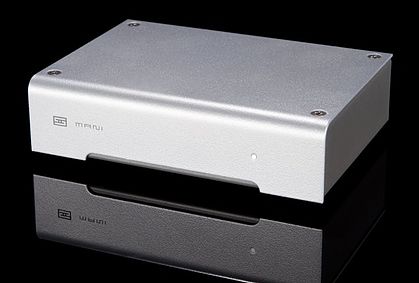
American outfit, Schiit, has released a new budget phono amp, Paul Rigby reviews the Mani
OK, I’ll pause a second while you think of 101 additional different jokes surrounding the name, which is apparently German and pronounced ‘Shih-tah’.
Aimed squarely at the budget or entry-level user looking to investigate this new fangled format called vinyl, the Mani is a basic and easy to use phono amp that, although designed and built (not just assembled) in the USA, arrives with a Chinese-made wall wart power supply.
Spanning 127x89x318mm and weighing in at 450g, the solidly constructed, silver coloured miniature amplifier supports MM and, admirably, MC cartridges (although load options are few).
The Mani provides four switchable gain modes, accessible via a small cluster of fiddly DIP switches, situated under the chassis: 30db, 42db, 47db and 59dB.
The front of the box is a simple affair that is dominated by a blindingly bright power light while the rear provides the usual phono amplifier connections and a toggle power switch plus grounding point and access socket for the wall wart power supply.
SOUND QUALITY
At this price point, most users will tote a MM-based turntable but I did briefly test it with my Benz Glider MC while spinning a slice of prog rock and Yes’ Yours Is No Disgrace. Despite a relative lack of dynamic extension and upper midrange insight, the Benz offered an admirably ordered soundstage and bass definition.
Switching to more realistic testing conditions and the Rega RP3/Elsys2 MM, it was noticeable how relatively high the gain was on the Schiit compared to my reference Cambridge. Popping the volume down a touch, I was able to enjoy the open and airy midrange which added distinct length on the treble tails during cymbal strikes. This was helped by the welcome instrumental separation, possibly a result of reduced noise during the design, as seen in our tests. Certainly, the vocals from Jon Anderson were smooth and the accompanied vocal harmonies were sweet and easy on the ear.
The Schiit could also get down and dirty and, again supported by our tests, the phono amp was able to squeeze extra bass from the tiny Roth speaker cabinets giving the Chris Squire bass a more meaty, emboldened bite while the acoustic guitar strums from Steve Howe had an open, rather exposed, string effect. That is, the guitar sounded more like a group of strings being strummed than one tone being produced en masse.
Moving to Mars, the Bringer of War from Holst’s The Planets, it was evident just how scratchy those introductory strings were, adding more portent to the oncoming onslaught, while the following, strong string effect managed to retain a smooth presentation, despite the impact of its entrance.
The enhanced separation added complexity and depth to the soundstage also helped to control the brass in the upper mid region, reducing listening fatigue.
Users who purchase an introductory budget system often have one eye on the upgrade path further down the line so, with this in mind, I installed a pair of the newly introduced Q Acoustics 3020 stand mounted speakers (£190) which would, in fact, be part of an ideal upgrade path for this very system. The Mani could relax a tad with these speakers because they were easier to run, it also allowed me to lower the volume on the amplifier which helped to de-stress the presentation a touch.
Running Holst through this new pair of transducers showed that the introductory string scratches were almost insect-like in their progress producing involuntary itching from this reviewer. Similarly, the clarity and transparency of brass within the upper mids was impressive as was the bass response.CONCLUSION
Despite the glaring power light that threatens to burn any passing retina (a piece of tape should be used to cover the offending article), this compact and easy to use phono amp offers good value for money and excellent sound quality, for the price. Also, the Q Acoustics speaker test shows that there is plenty of good music to be squeezed from the Mani which bodes well for its inclusion as part of a system targeted for future upgrades.
SCHIIT MANI
Price: £120
Website: www.electromod.co.uk
Tel: 01494 956558
Good: overall sound quality, ease of use, compact
Bad: power light
RATING: 8
SYSTEM USED
Avid Acutus turntable, SME IV arm, Benz Glider MC cartridge
Rega RP3 turntable, RB303 arm & Elys2 MM cartridge
Cambridge 540P Phono Amplifier (MM)
Trichord Dino phono amp (MC)
Cambridge Azur 651A Integrated Amplifier
Roth OLi RA1 speakers
Q Acoustics 3020 Speakers & Q Acoustics Stands
Black Rhodium Twist Speaker Cables
Tellurium Q interconnects

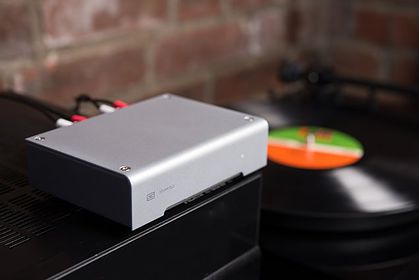
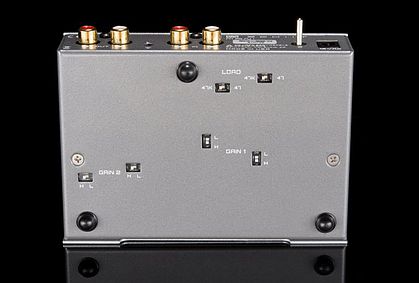
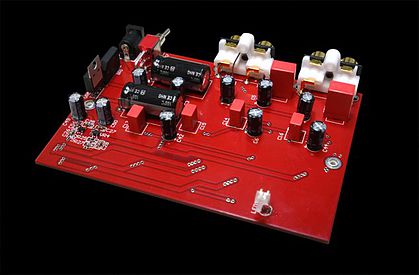
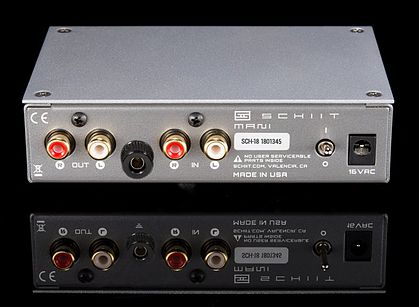
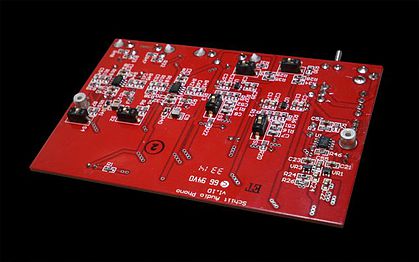
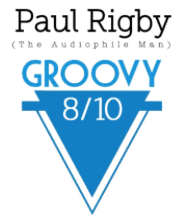


Hi Paul; Mani 2. A magnitude better Schiit…
John Garnet.
Hi again Paul,
I guess by now there is a good reason you’ve rejected reviewing the Schiit Mani 2 which is a pity, because there are currently many great reviewers extolling its sonic virtues, some even pitting it favourably against ¬£1000 phono preamps. This includes, of all people, a certain (and also well-respected) Michael Fremer who wrote “It‚Äôs quite remarkable performance re-sets the bar for under (and over) $200 MM/MC phono preamps.” I would have loved to hear (and better yet watch) your views…
Never fear, John 🙂 I plan to grab one and do a review. Not immediately, might be a month or two away. But it’s on the list.